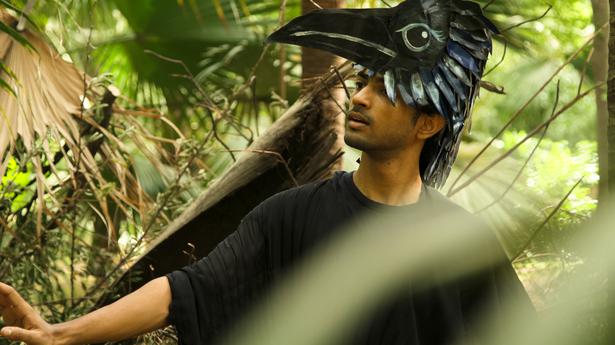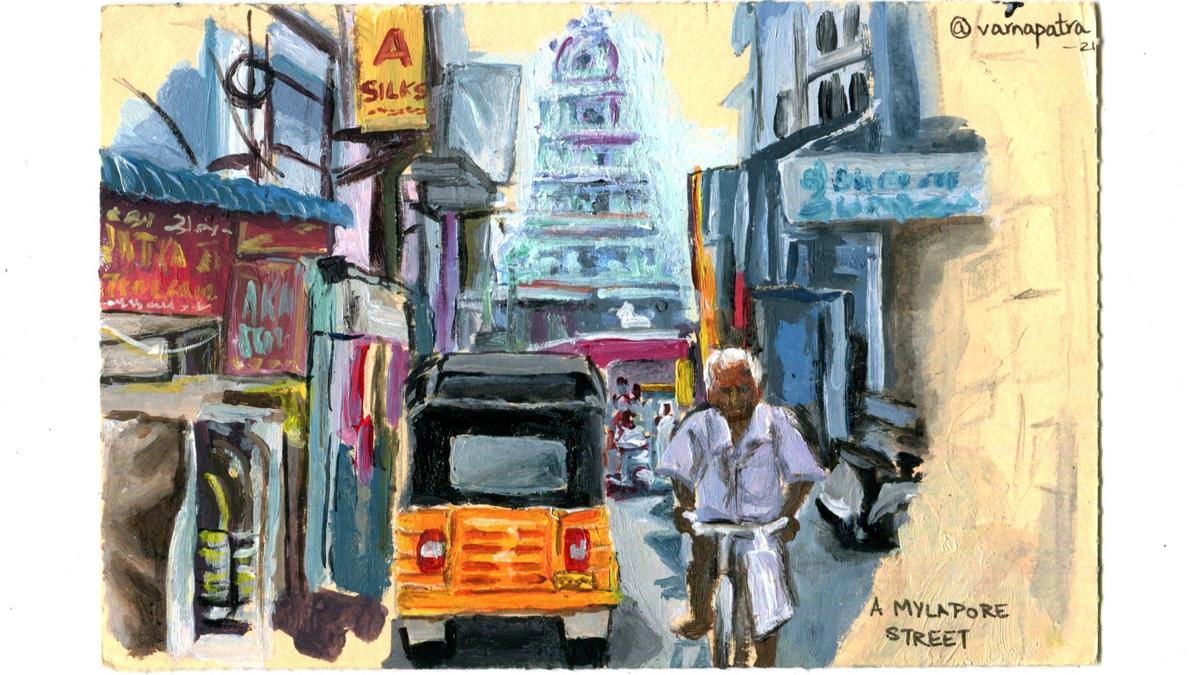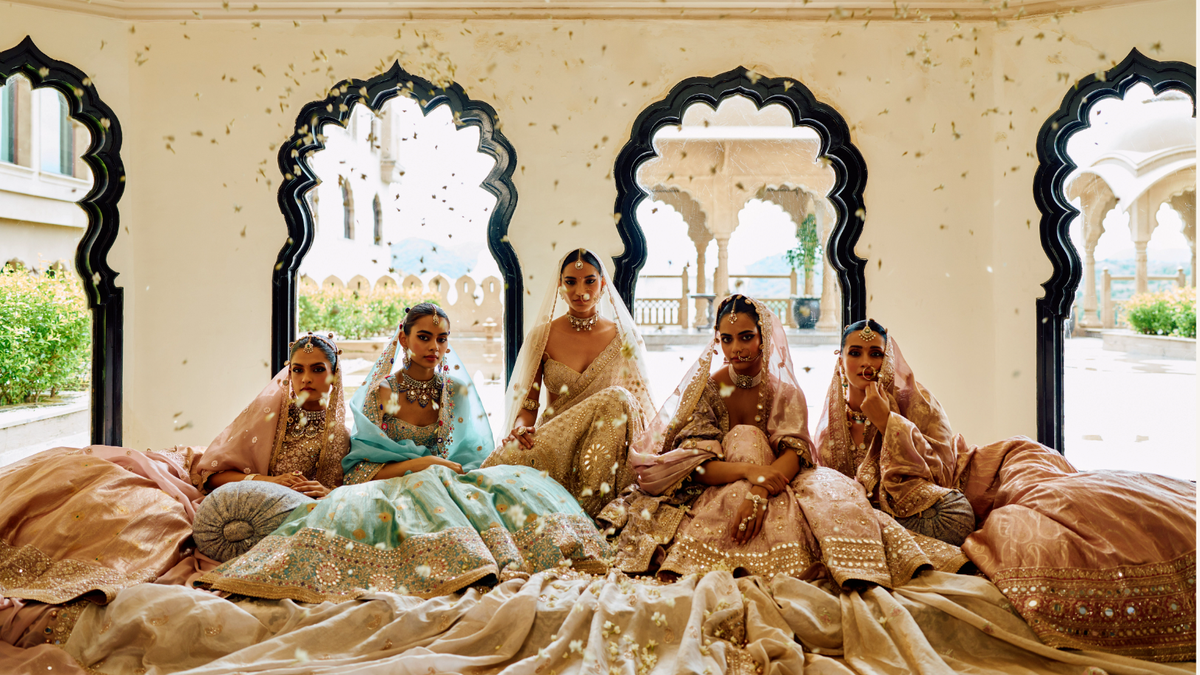S.M.A. Kadir
| Photo Credit: Special Arrangement
Kombai S Anwar
When the 176th Tyagaraja Aradhana at Tiruvaiyaru concluded recently, one was reminded of S. Muhammad Abdul Kadir, popularly known as S.M.A. Kadir, whose rendering of two Tyagaraja kritis have unfortunately gone largely unnoticed. Kadir was no ordinary singer, he was the asthana dargah vidwan (resident musical exponent) of Nagore — the famous sufi shrine in South India. For centuries, Nagore was patronised by kings and commoners alike, cutting across religious barriers.
Shahul Hameed Badsha, the Sufi of Nagore, was a great lover of music. Even today, on either side of the towering minaret, built in front of the dargah by Pratap Singh Bhosle (1739-1763), the Maratha ruler of Thanjavur, Carnatic and Hindustani music are played after the morning fajr prayer.
Patronising musicians
Like the various religious communes or mutts of the region, the Nagore dargah too patronised music, with some legendary singers being appointed as asthana vidwans. Ustad Dawood Mian, who succeeded Ustad Ghouse Mian as the asthana vidwan in the 1940s, was proficient in both Carnatic and Hindustani traditions, besides being an accomplished harmonium player. “S.G. Kittappa and Kadir were among his noteworthy students,” says Abdul Qayoom, a writer from Nagore.
Hailing from a wealthy family that had a textile business in Singapore and cultivable lands at Nagore, Kadir, upon finishing his schooling from the Methodist School in Nagapattinam, was introduced to the world of music by his brother-in-law Muhammad Ali, who took him to Ustad Dawood Mian to learn the harmonium. But the Ustad found that the youngster had a flair for Carnatic and Hindustani vocal music. Though Kadir was trained in both the styles, the Ustad insisted he focus more on Carnatic.
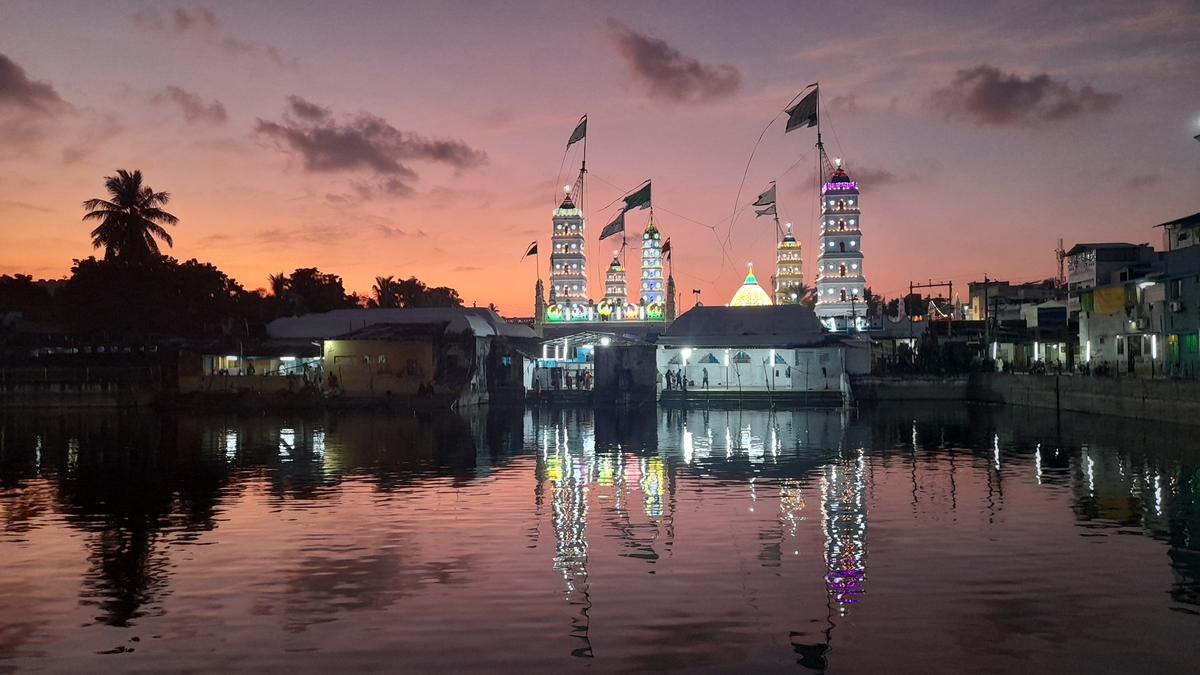
Carnatic and Hindustani music are played after the morning fajr prayer at the Nagore dargah
| Photo Credit:
Special Arrangement
In 1952, Kadir was appointed as the asthana dargah vidwan, a post that he held until his death in 2014.
According to Kadir’s eldest son Noor Sadik, “Every day, my father would spend hours honing his voice and practicing the keerthanais.” As the dargah vidwan, annually, on the sixth day of the rising moon during the Kandhuri festival (held in memory of the Sufi Shahul Hameed Meeran), Kadir would take his seat opposite the Amma Sahib Oliyullah tomb inside the dargah, and sing ancient Tamil Islamic keerthanais. In appreciation of his services, he was paid ₹ 101 by the dargah. “Though my father was a wealthy landlord, he would accept the payment with great reverence,” says Noor.
Kadir also sang at temples, other venues, and even released albums. In 1952, he launched his first album, ‘En mugam parumaiya Nagore Meeran’. His other albums had songs from the 17th century Tamil Islamic epic Seera Puranam, from Kasim Pulavar’s ‘Thiruppugazh’, the works of the 19th century Tamil mystic Kunangudi Masthan Sahibu, and a few written by local poets. Kunnakudi Vaidyanathan played the violin for Kadir’s song ‘Kunagaramarul’ in raga Darbari Kanada. “Kadir was so good at slackening the rhythmic cycle (Thalakattu) to a point that the accompanying percussionists would find it difficult to keep pace,” says Nagore Rumi, who learnt Carnatic music under Kadir for a few years.
While most of the 15 albums released by Kadir were on Islamic themes, he also sang two Tyagaraja kritis — ‘Chetulara’ in Bhairavi raga (Adi tala) and ‘Vadera Daivamu’ in raga Pantuvarali. When Kadir decided to bring out these kritis as albums, he faced stiff opposition. Unfazed he went ahead and recorded them with HMV.
But why would the dargah vidwan of Nagore sing Tyagaraja’s compositions? “A vidwan then was considered accomplished only if he was able to sing Telugu keerthanais,” says N. Mammathu, a research scholar in Tamil music history. Perhaps, Kadir saw himself as an artiste, who was comfortable in the all-embracing philosophy of his sufi master Sahul Hameed of Nagore.


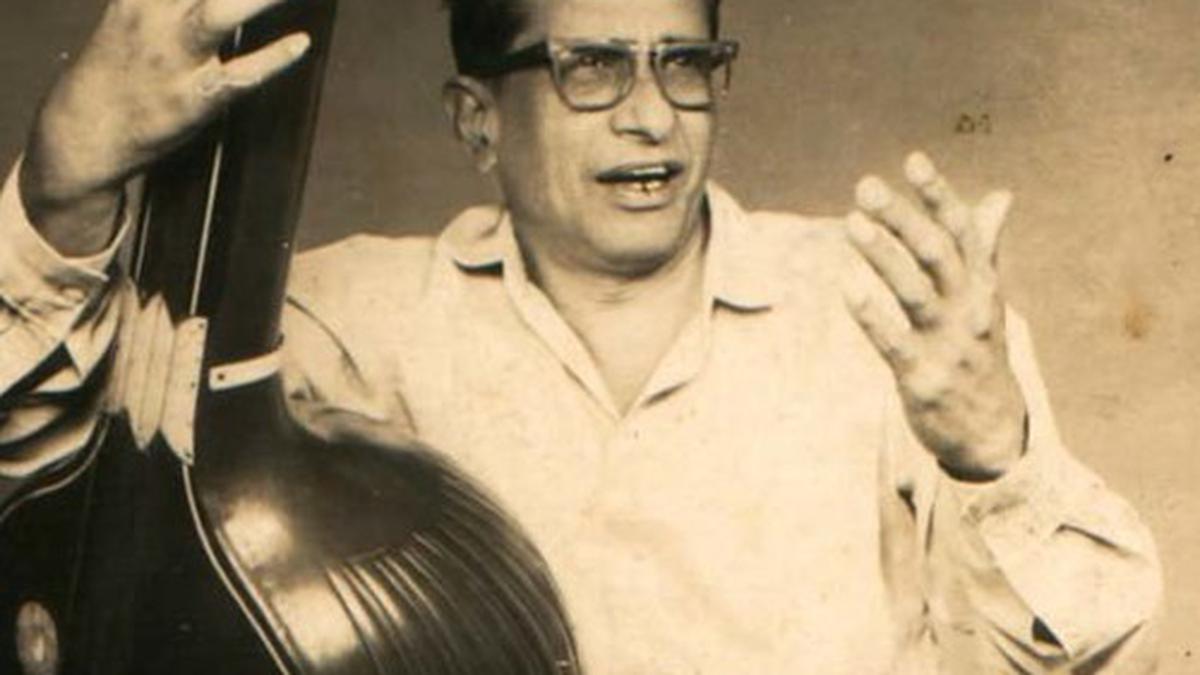

.jpg)
